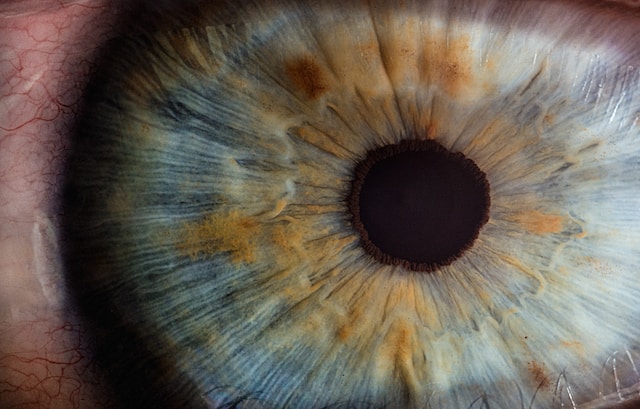Patients with a range of difficult ocular surface disease should soon have new treatment options, thanks to a retired former researcher and the Charles T. Campbell Ophthalmic Microbiology Laboratory.
After Jes Klarlund, PhD – who had worked on very fundamental aspects of corneal cell biology – retired, his work led him to a translational idea that could help patients, he approached the Campbell Lab because they had the molecular biology and animal model experience to test the idea. “This can help patients in the short term and is a great example of how basic science can lead to very practical outcomes,” explained Robert M. Q. Shanks, PhD, Associate Professor in the Department of Ophthalmology and Director of the Campbell Laboratory Research.
Klarlund then volunteered in the lab, and after several years of work with the group, this has come to fruition. The concept has been proven and several major pharmaceutical companies are interested.
This all started with the core problem: a major class of modern therapeutics, biologics, have proven immensely useful in treating important diseases such as psoriasis, rheumatoid arthritis, inflammatory bowel diseases, and potentially blinding diseases in the back of the eye. They are not used on the surface of the eye because they are washed away within seconds by tears and blinking, so they simply do not have time to work. The team’s idea overcomes the washout. This biologics class of drugs could greatly expand the tools ophthalmologists have to treat diseases of the surface of the eye, Dr. Shanks said.
In a study entitled, “Overcoming Washout of Biologics after Topical Application to the Ocular Surface,” the team tested the idea that “attaching a module that binds to the ocular surface will serve as an “anchor” to extend the residency time of biologics on wet epithelia and enhance their effective use in the disease setting even with infrequent application.”
The idea was validated when anchored biologics successfully treated dry eye in a mouse model even when applied just once daily.
Support came from the Bruce and Barbara Wiegand Family Foundation (through the Eye & Ear Foundation), the Pitt Innovation Challenge program, the Lions’ Club of Western Pennsylvania, the University of Pittsburgh Chancellor’s Innovation Award, the Sjögren’s Foundation, and the National Science Foundation.
In addition to pharmaceutical companies being interested, the study has led to a publication in Communications Biology, an ARVO presentation, a couple of awards and grants, one patent, and a spin-off company.
The team is now working with Gary Yam, Research Associate Professor of Ophthalmology, Corneal Regeneration Laboratory, University of Pittsburgh School of Medicine, seeking to establish other uses beyond dry eye, including preventing corneal scarring, enhancing innervation, and promoting wound healing after corneal surgery.
